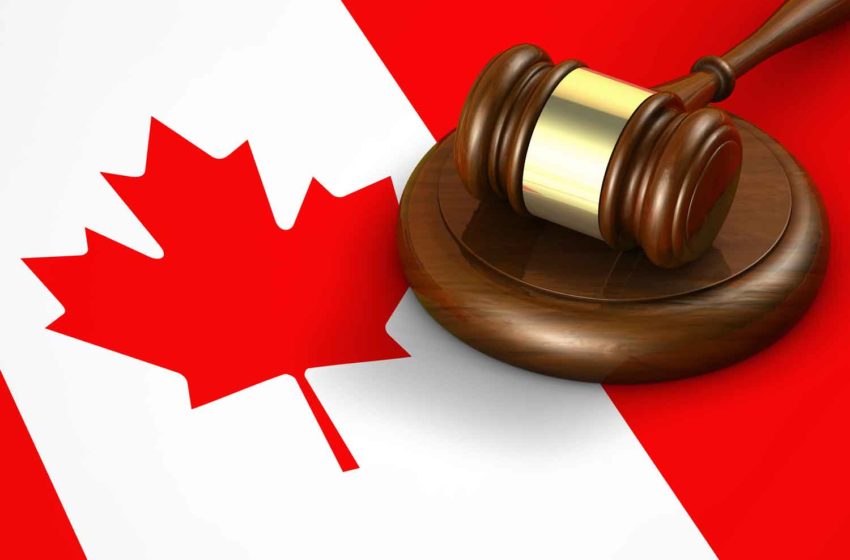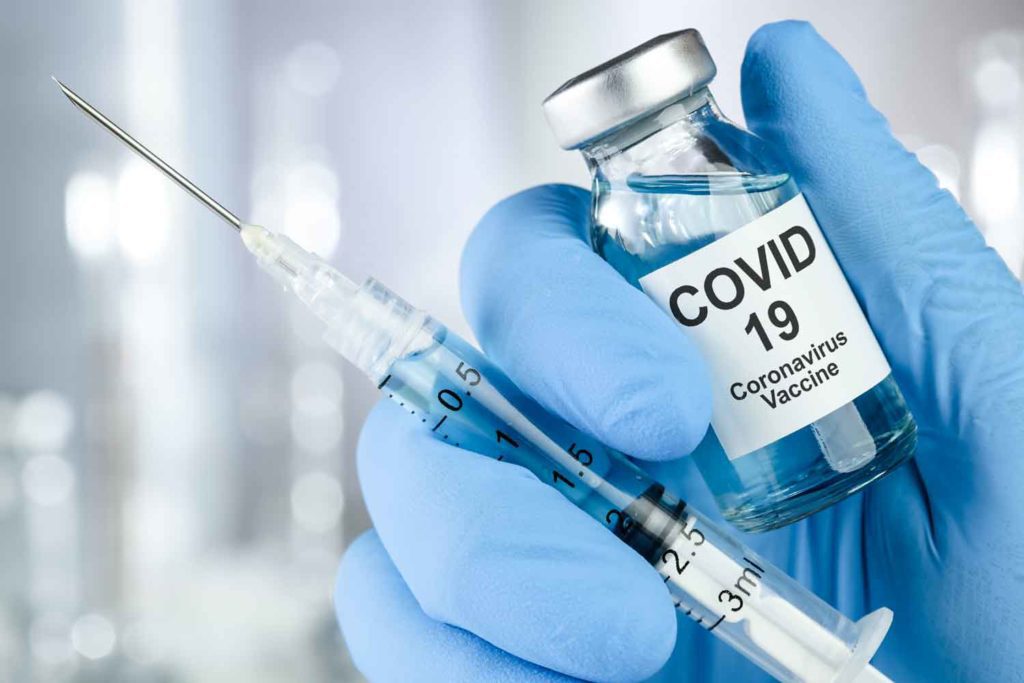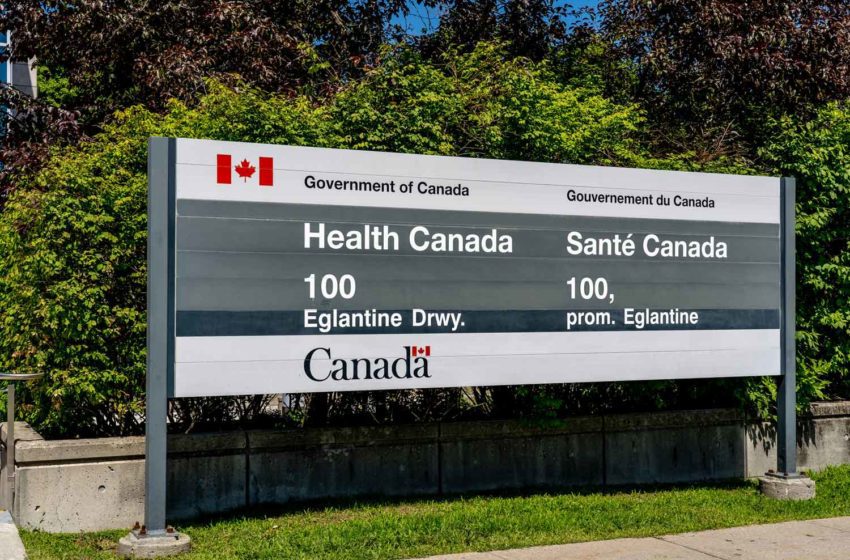
While Canada’s Tobacco and Vaping Products Act (TVPA) is making progress toward meeting the objectives it set out in relation to vaping, more works remains to be done, particularly in terms of protecting youth, according to the first review of the legislation, which was recently tabled in Parliament by Minister of Mental Health and Addiction and Associate Minister of Health Carolyn Bennett, reports Health Canada.
The review identifies areas for potential action, including examining access to vaping products by youth, communicating the potential benefits of vaping as a less harmful source of nicotine for people who smoke and completely switch to vaping as well as the health hazards, strengthening compliance and enforcement, and addressing scientific and product uncertainty to better understand the vaping product market and the health impacts of vaping.
“Vaping products offer the 3.8 million Canadians who smoke a less harmful source of nicotine than tobacco products and do help people to stop smoking,” said Bennett. “These products, however, are not without risk—particularly to youth and people who do not smoke cigarettes. This first legislative review of the Tobacco and Vaping Products Act is a valuable opportunity to take stock of the progress we’ve made to address youth vaping—but there is more to do. Our government will continue to work to put the right safeguards in place to protect young people from the harms of vaping and nicotine addiction.”
The TVPA was implemented in 2018 to respond to the increasing availability of vaping products in Canada and to help ensure that Canadians would be informed about and protected from the health hazards associated with vaping. It regulates the manufacture, sale, labeling and promotion of vaping products sold in Canada.
The TVPA includes a requirement for a legislative review three years after coming into force and every two years thereafter to provide a means to examine and respond to tobacco-related and/or vaping-related issues that may emerge over time.
The review was informed by a public consultation that ran from March 16, 2022, to April 27, 2022.




















